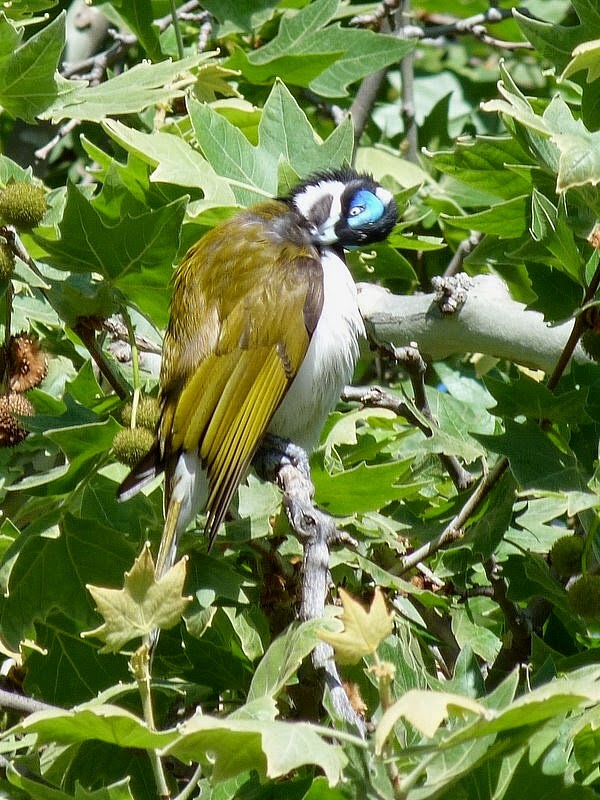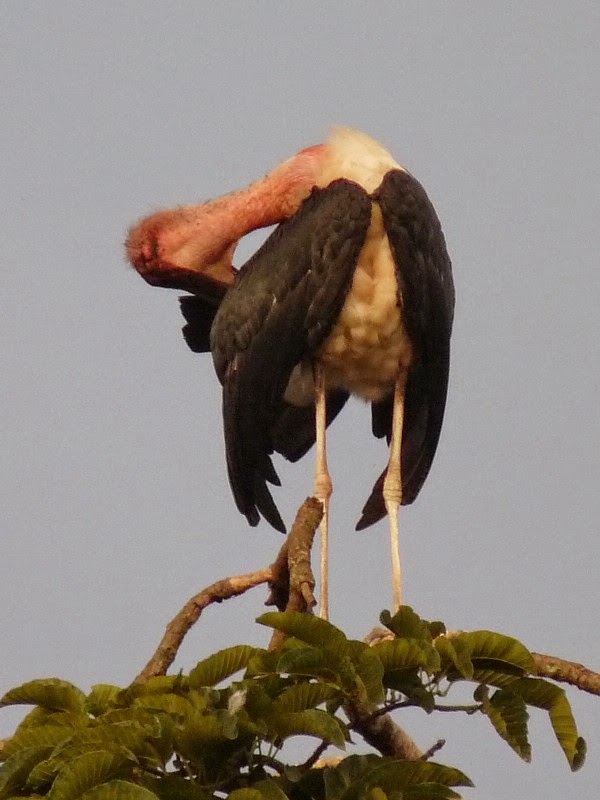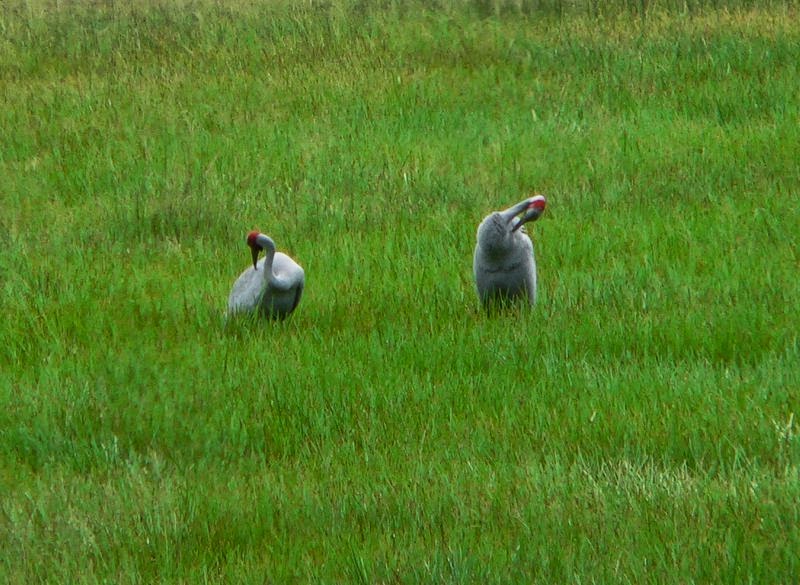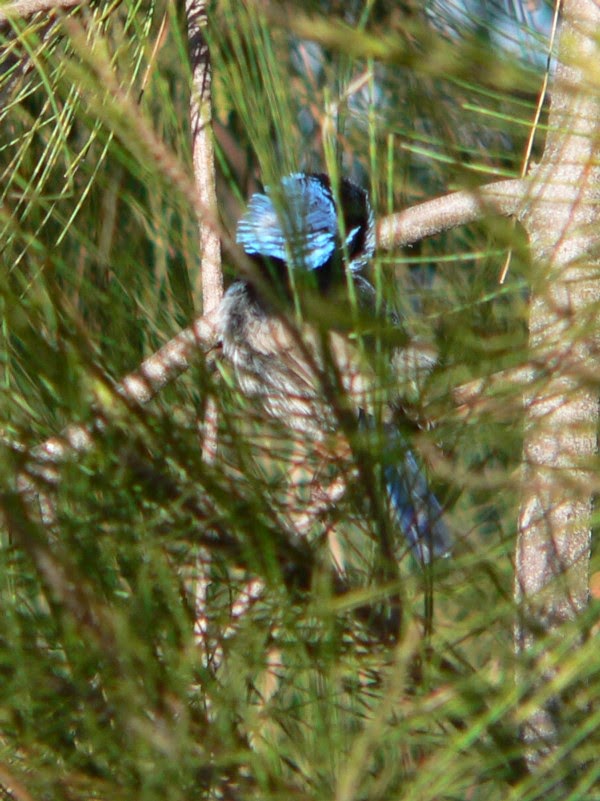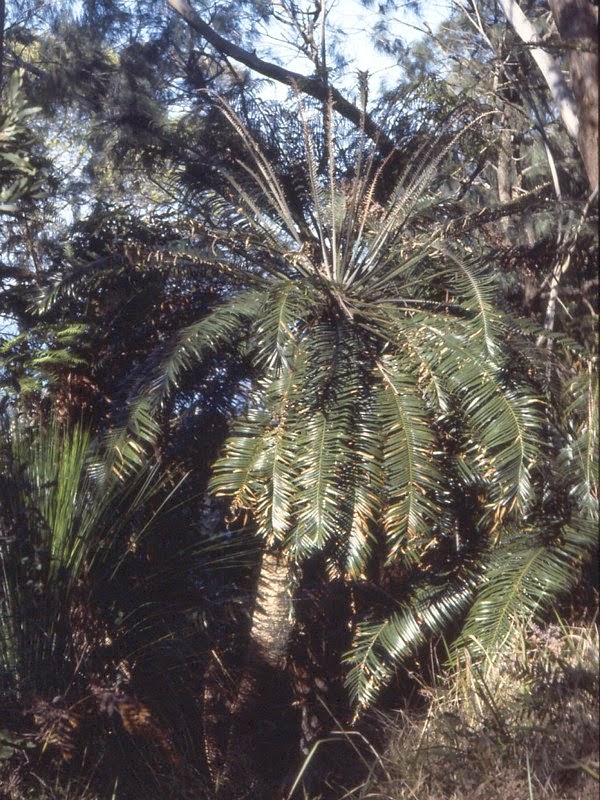Just recently I chose to celebrate Peru's national day here - how could I do less for Ecuador?! There is some confusion - though of course not in Ecuador! - about the actual day, as 24 May is also often mentioned. This was the day in 1822 of the brief, chaotic and crucial Battle of Pichincha on the volcano above Quito, where armies from the newly independent Gran Colombia to the north and Argentina to the south joined with Ecuadorian forces to defeat the Spanish garrison. A brigade of Scots, Irish and English volunteers played an important role. The anniversary of that victory, which marked true independence, is certainly celebrated, but 10 August is officially Independence Day. This celebrates an earlier, though short-lived, declaration of independence by the citizens of Quito in 1809.
As I did on Peru's day, I won't attempt to give a national overview - that would be silly and superficial - but will introduce you to a very special national park high in the Andes above the lovely old World Heritage town of Cuenca in the south.
| Mountain peaks, lakes and heathland of El Cajas NP. This landscape is 4200 metres above sea level; for those of us from lower down, this is high enough for our lungs to know that things aren't normal! |
It protects some 30,000 hectares from 3000 to 4500 metres above sea level, of montane forest, páramo (near-treeless tundra) and around 300 lakes. It straddles the continental divide, with some water running to the Pacific, with the rest, including the Tomebamba River which provides Cuenca's water supply, ending up in the far distant Atlantic.
While cajas means boxes in Spanish this seems to be a red herring here (or 'false friend' as the etymologists would say), as the word is from indigenous Quichua, though surprisingly its actual meaning is debated.
It is a remarkably biodiverse park; it protects 19 endemic plant species (ie endemic to the park itself!), two endemic mammals (a mouse and a small marsupial) and the Violet-throated Metaltail, a hummingbird which is actually found in adjacent valleys too.
The lakes are generally part of the páramo landscape, but of course have their special fauna too.
| Lake below the visitor centre. |
The montane forests range from diverse cloud forests lower down, to simpler Polylepis forests higher up.
| El Cajas cloud forest. |
| Creek in the cloud forest. |
As everywhere in the Neotropics, hummingbirds are always present.
| Sapphire-vented Puffleg Eriocnemis luciani, above and below (on Passiflora flowers) at the edge of El Cajas cloud forest. The lovely fluffy 'trousers' which give its name can be seen in both pics. |
| Great Horned Owl Bubo virginianus, roosting in big old Polylepis. This owl is found throughout much of the Americas; this one was a most exciting find on our most recent visit to El Cajas. |
Orchids are most prominent in the forests, compared to the Páramo.
| Elleanthus sp. above, and Epidendrum sp. below, El Cajas cloud forests. (As ever, any help with more specific identification appreciated.) |
| Odontoglossum sp. above, and unidentified (by me) orchid below. |
| Pleurothallis sp.; I love this genus, with the charismatic little flowers apparently growing out of the huge leaf. |
There are of course other interesting plants in these high forests too.
| This epiphytic lycopod - which I think is Huperzia sp. - is a representative of an ancient lineage which long predates the flowering plants around it, including those on which it grows. |
| Bomerea sp, family Alstromeriaceae. This lovely vine is in the same general group as lilies. |
Then there are the wonderful open spaces of the páramo, rich indeed when we start to look more closely at it. One of the features of South American birding is the shock to outsiders of finding that most of the passerines don't fit into any group that we're familiar with. One of the two major groups of these special songbirds is the ovenbirds, or funariids, and they are well-represented on the páramo.
| Both Many-striped Canastero Asthenes flammulata (above) and Stout-billed Cinclodes Cinclodes excelsior are ovenbirds which specialise in these high cold wind-swept grasslands. |
Flowers tend to be flatter to the ground out here than in the relative shelter of the forests.
| Valeriana rigida; valerians are found throughout the Americas and Europe. |
| Gentian, Gentiana sp. |
Finally, perhaps my personal highlight of this superb park. Chuquiraga jussieui, a daisy known as Chuquirahua or Flower of the Andes, is often cited as the National Flower of Ecuador. I'm not certain how official this is, but it's good enough for me!
| National flower? Maybe it's not official, but I reckon it should be! |
But there's even more to the Chuquirahua than that. Hillstars, high mountain hummingbirds, are specialists on Chuquiraga, and one, the Ecuadorian Hillstar Oreotrochilus chimborazo, is particularly attracted to Chuquirahua. And we saw it!
So, happy day Ecuador! I look forward to getting back there in the fairly near future, and El Cajas is certainly high up on my must-go-back-to list.
BACK ON THURSDAY, WHEN WE'LL RESUME THE POLLINATION STORY






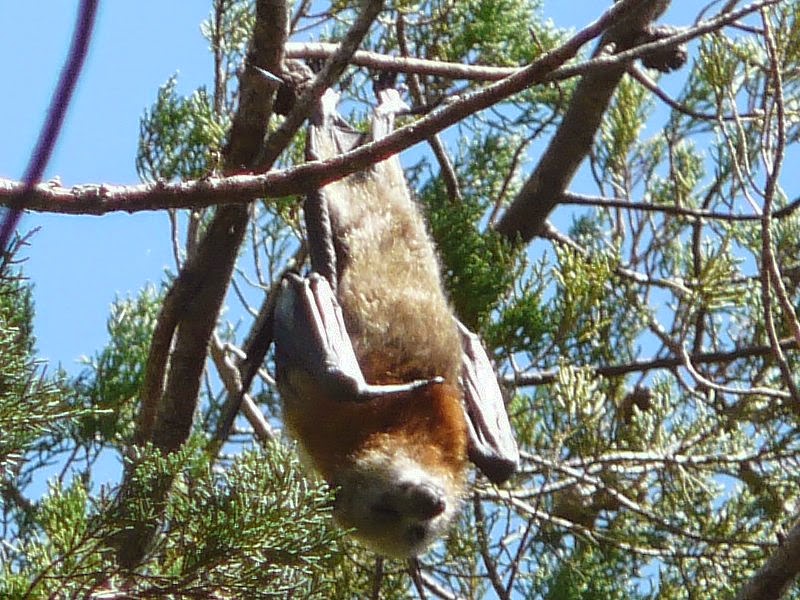

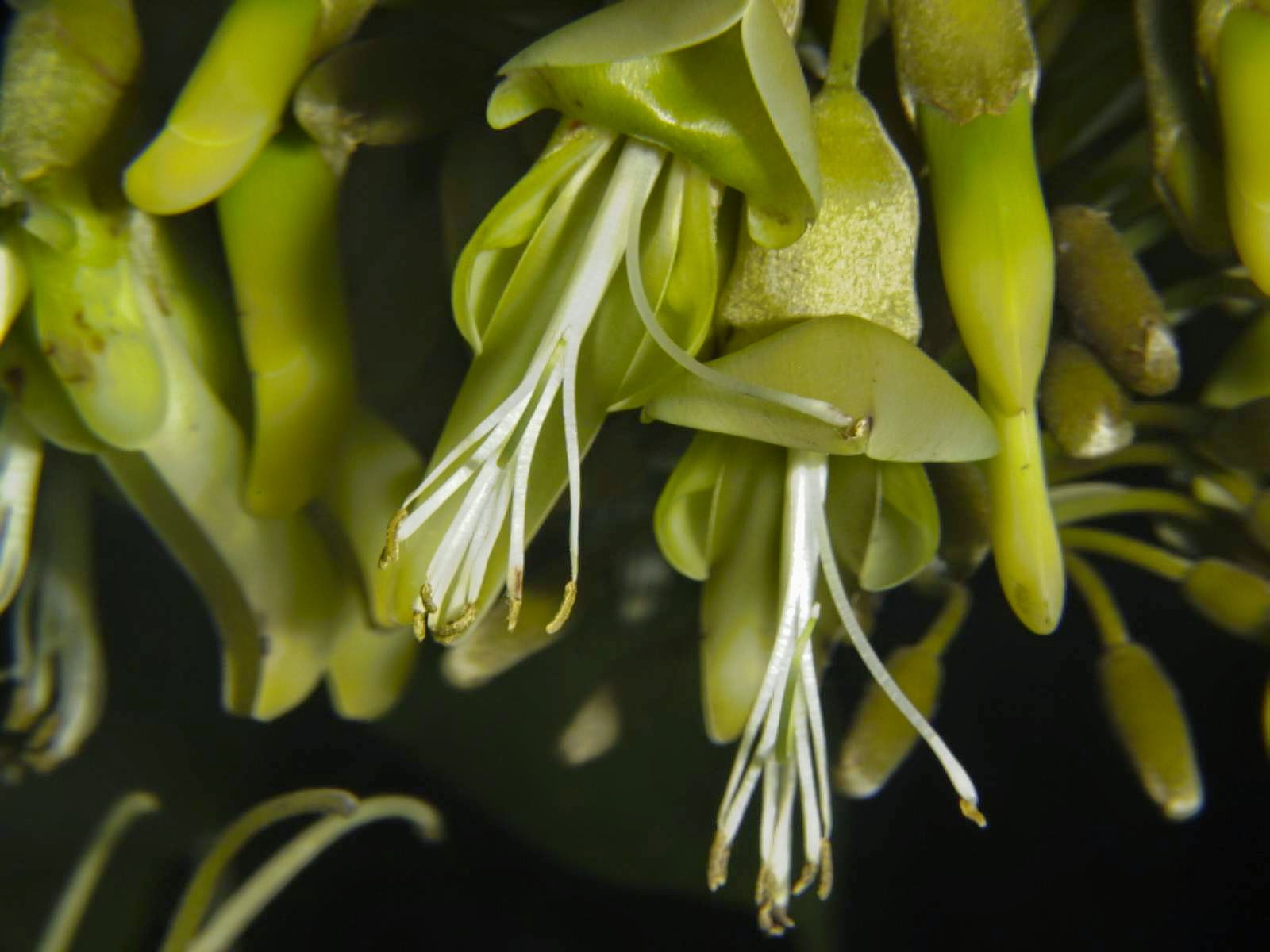


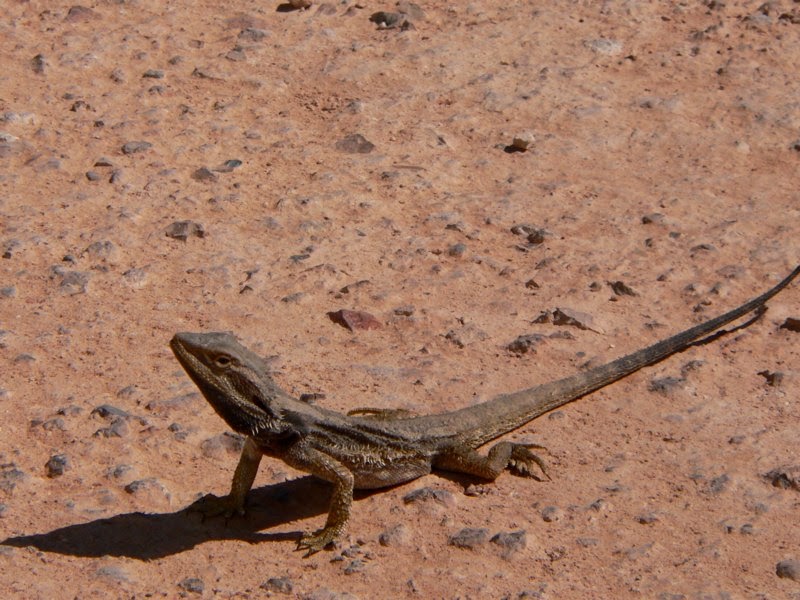











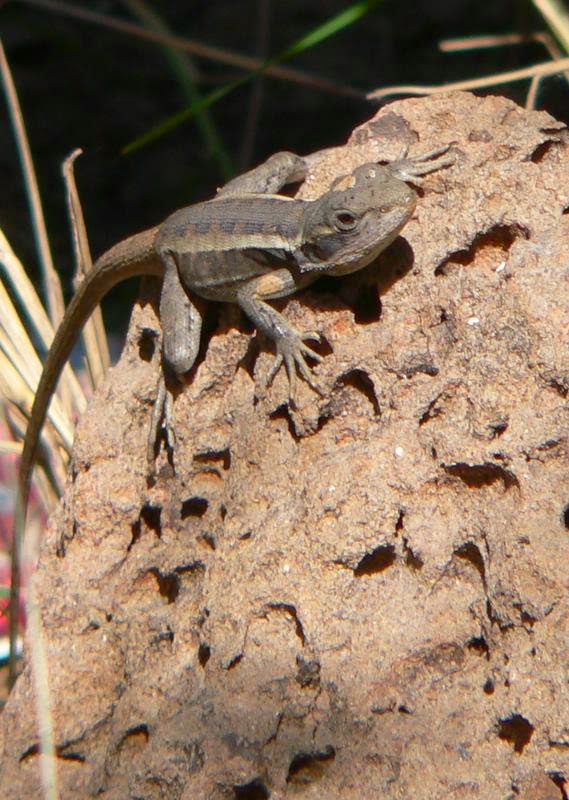




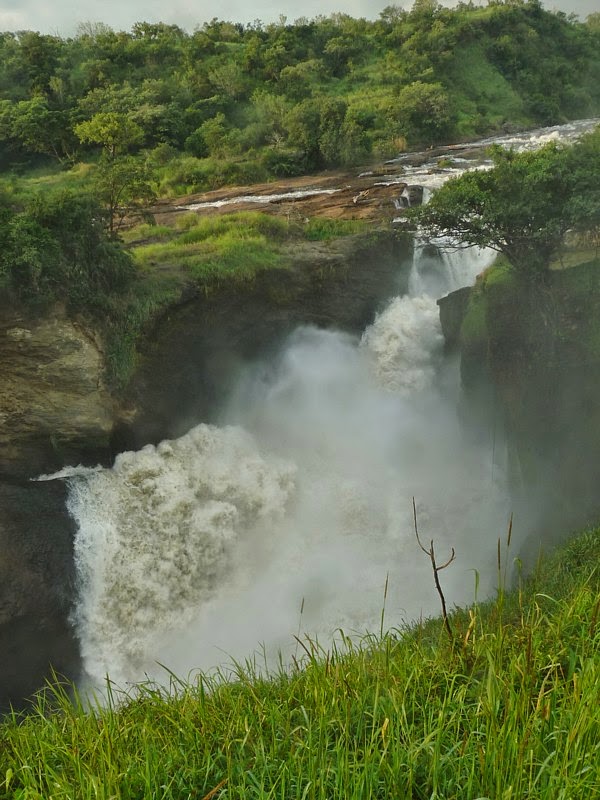
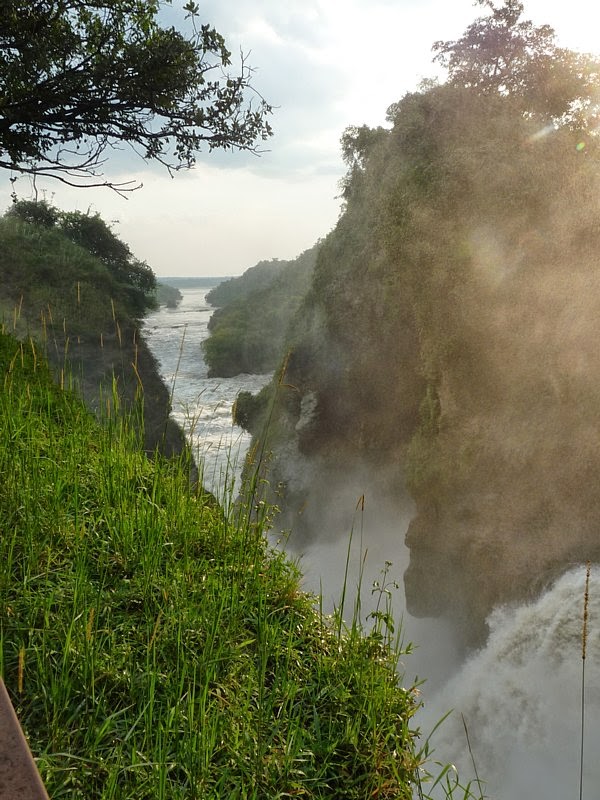





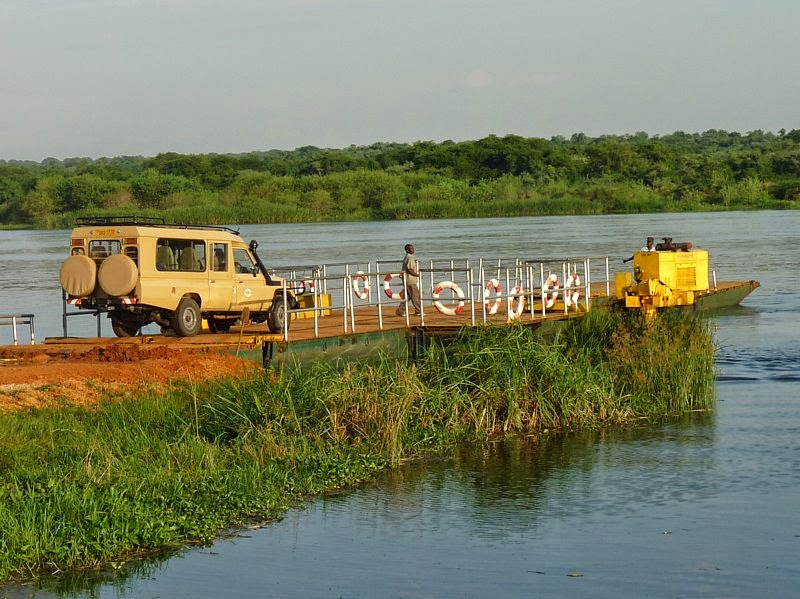




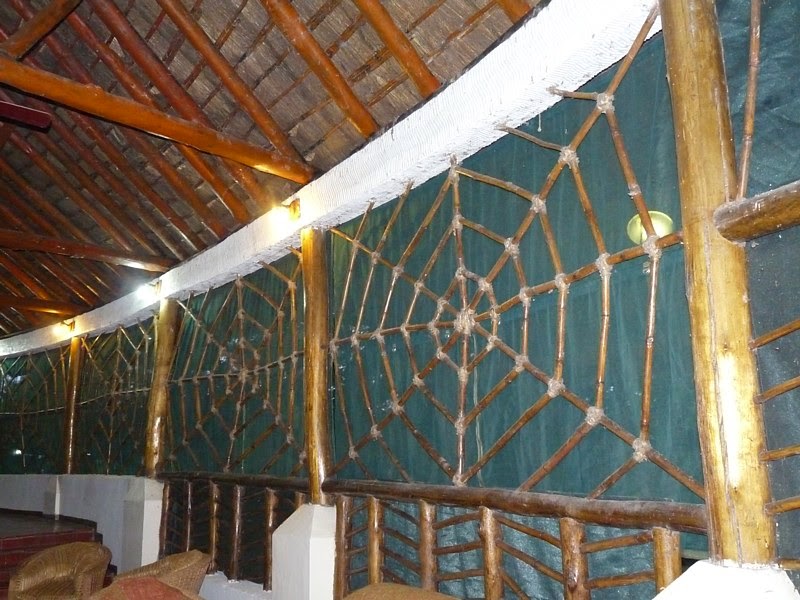
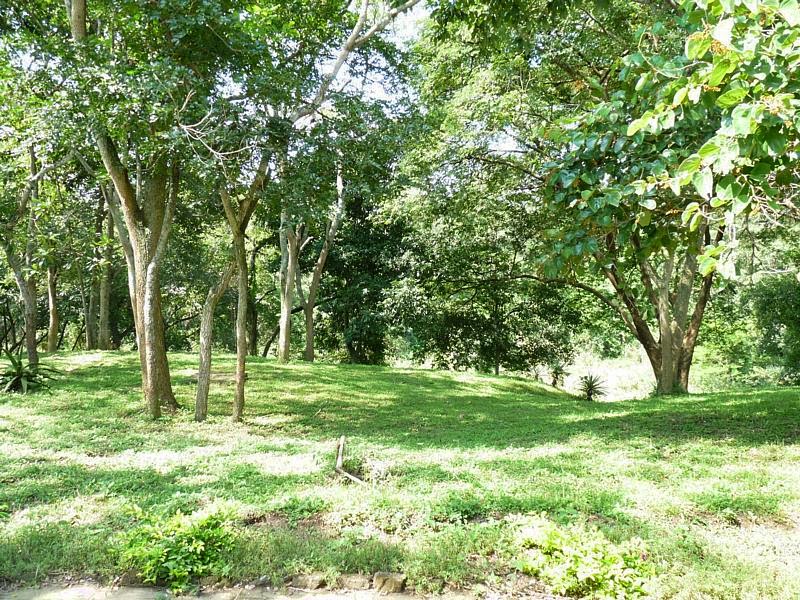

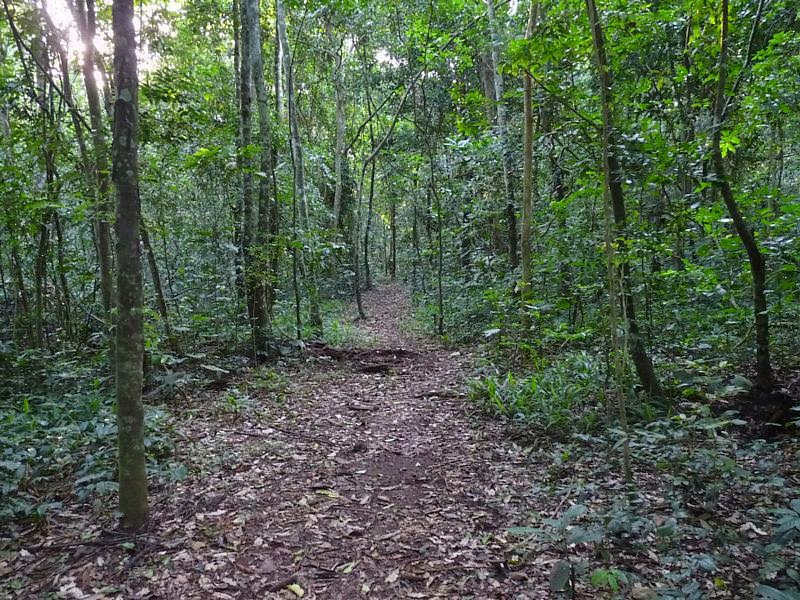
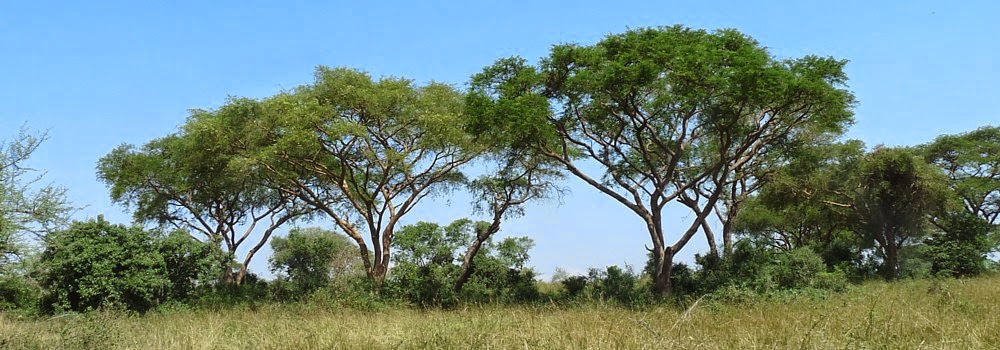

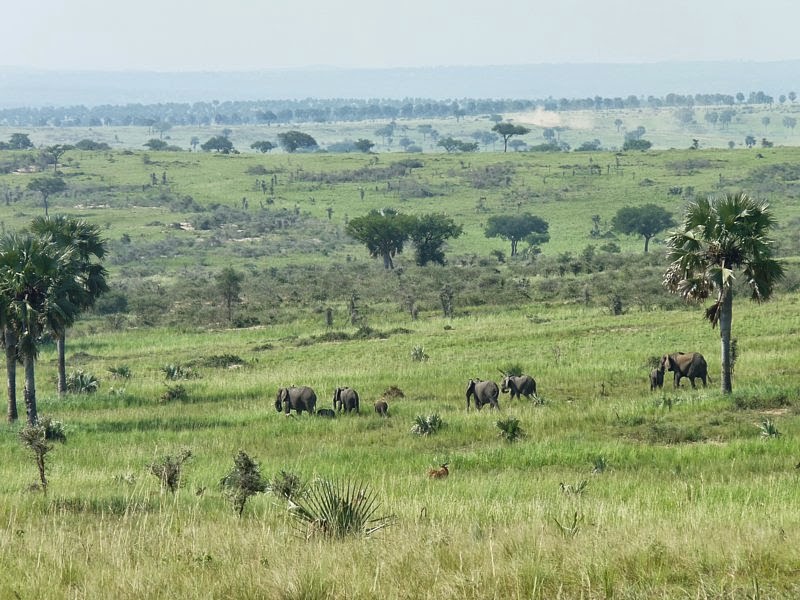







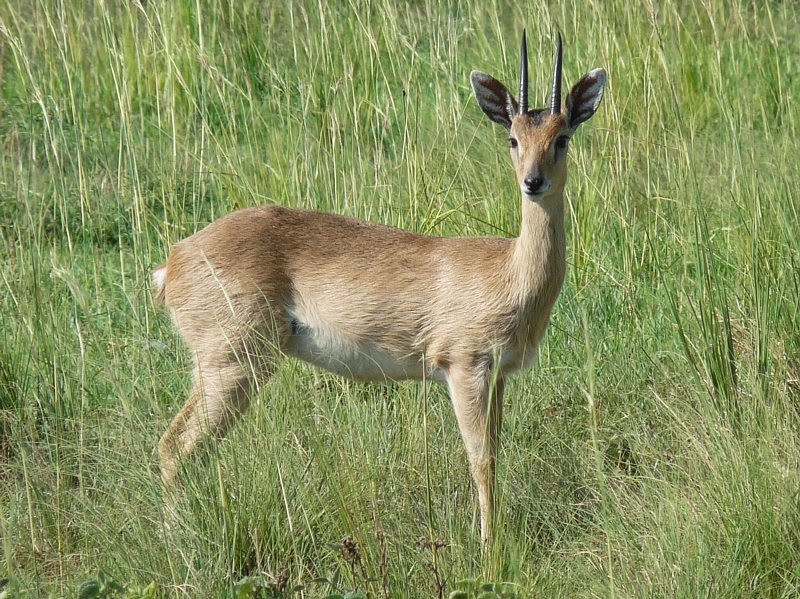
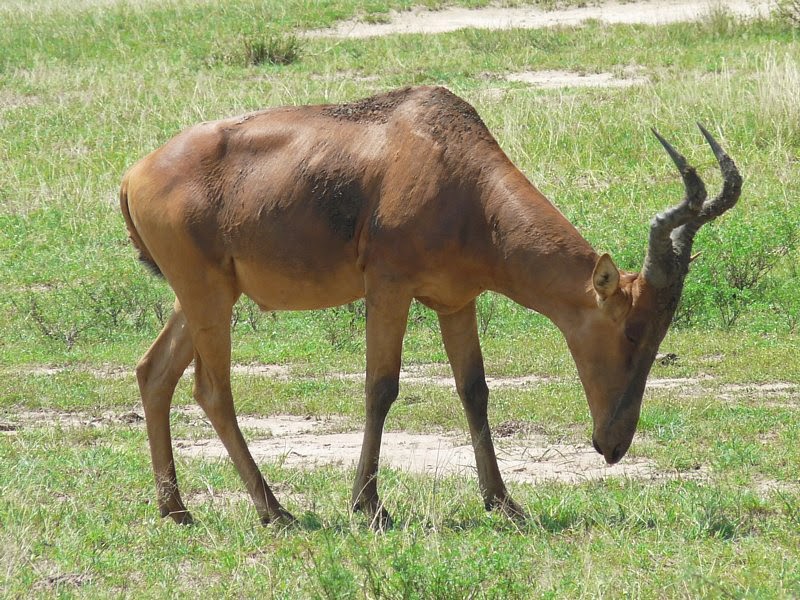



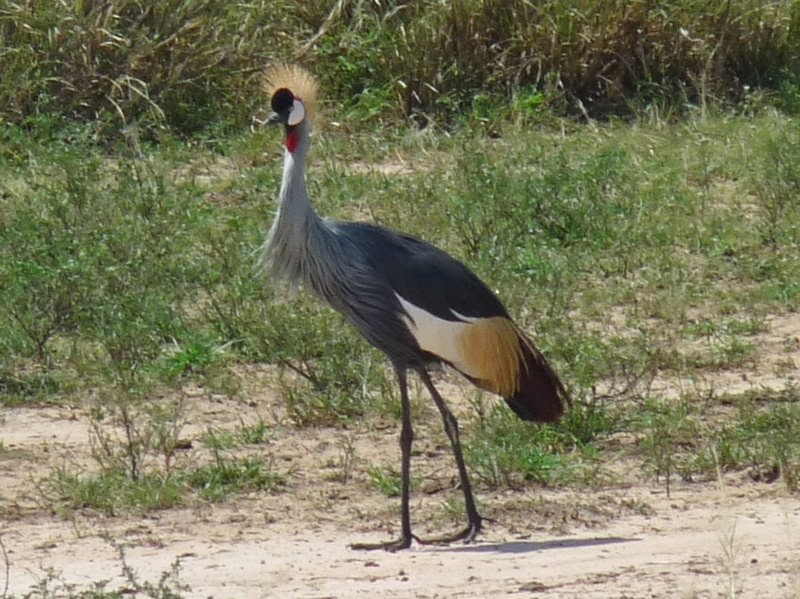

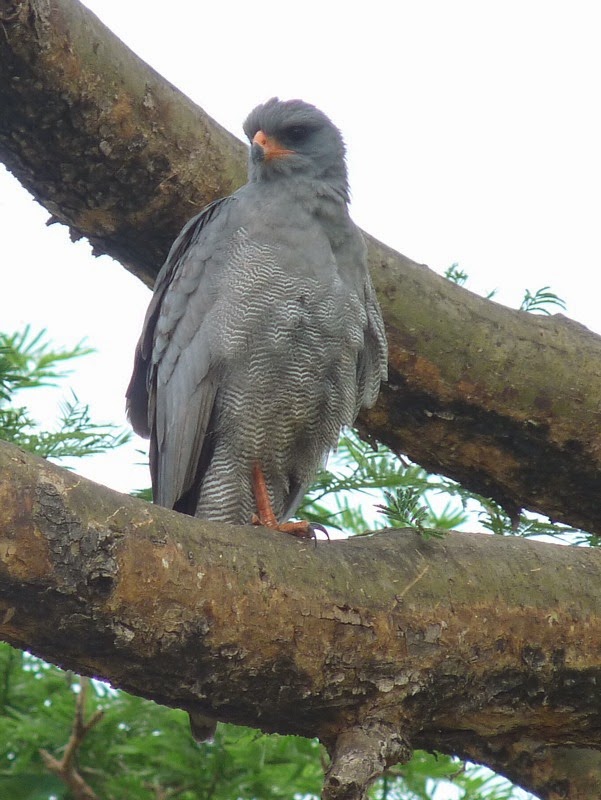





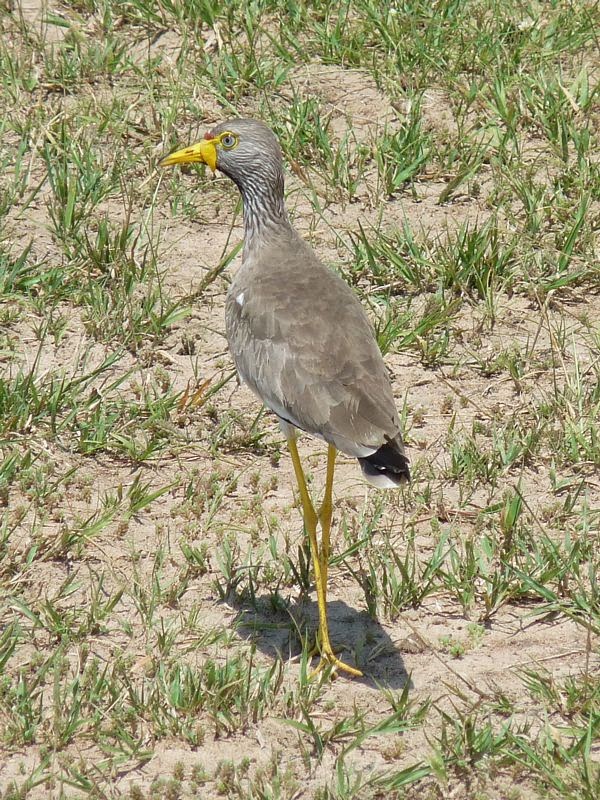






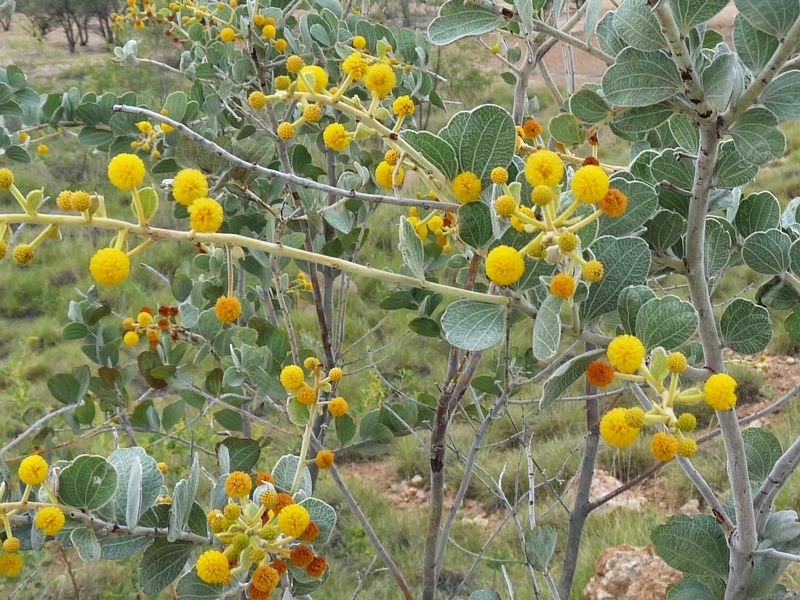


















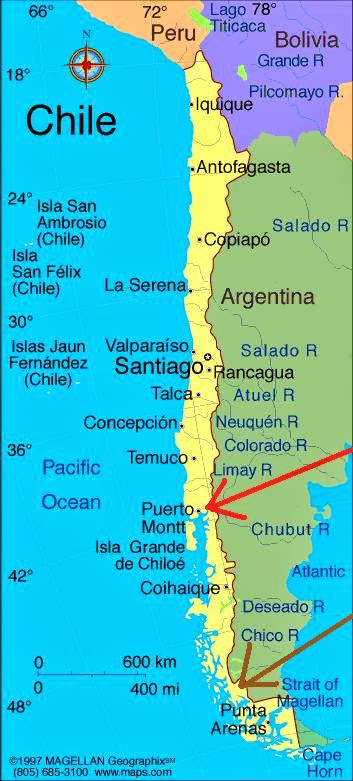
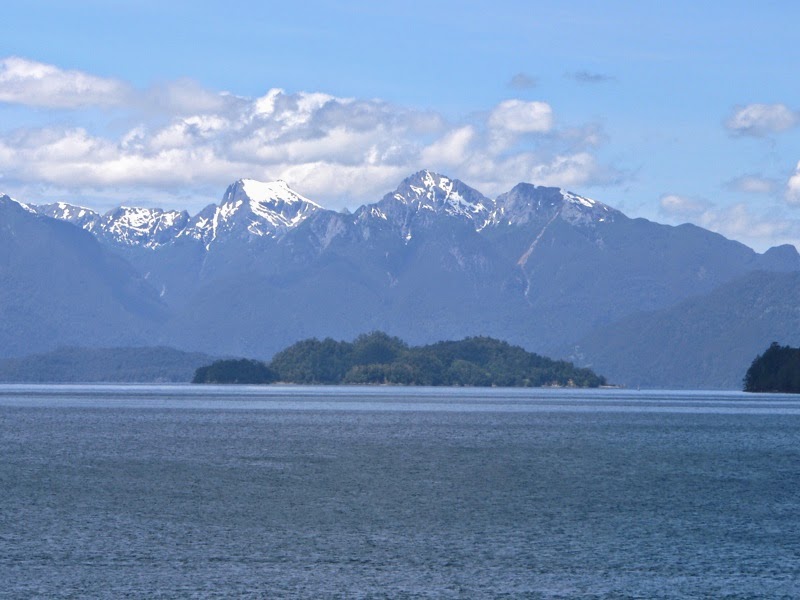













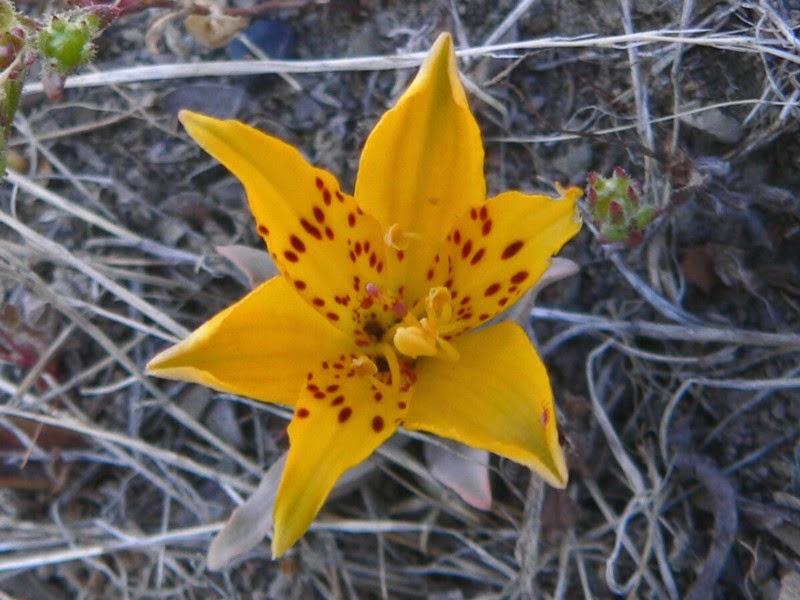%2BTdPNP%2B1107.jpg)
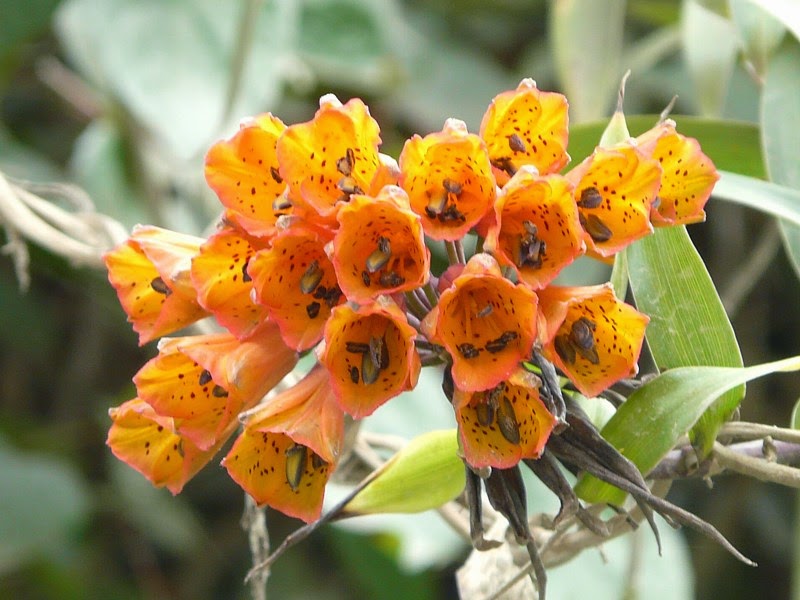%2BManu%2Bcloud%2Bzone%2B1208.jpg)
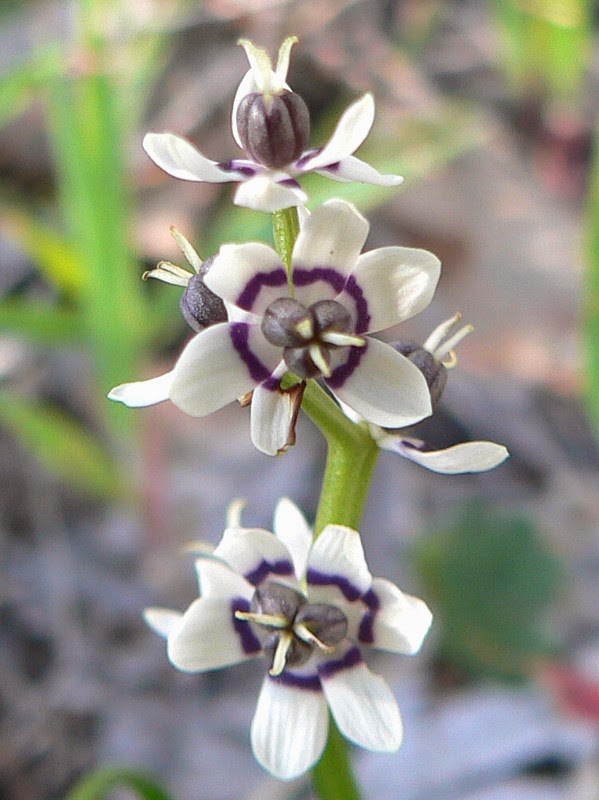%2Bfemale%2BBigga%2BCemetery%2B1007.jpg)
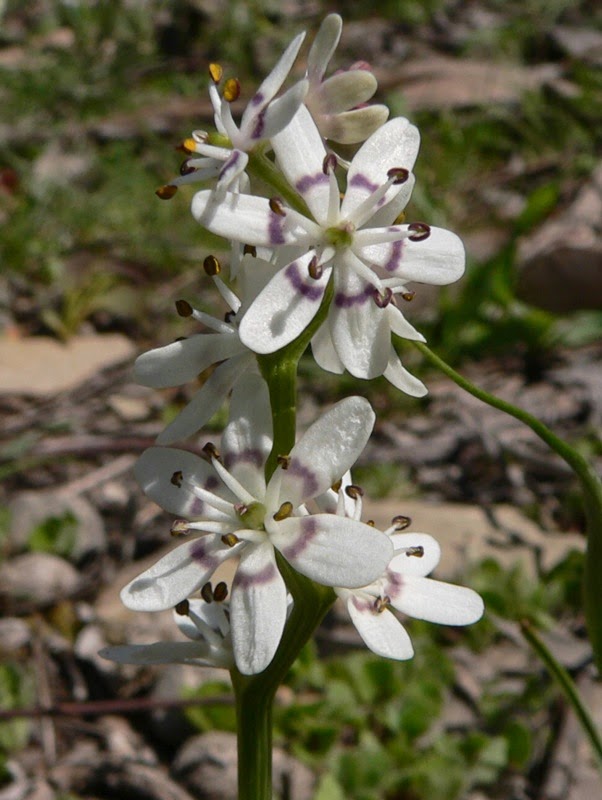
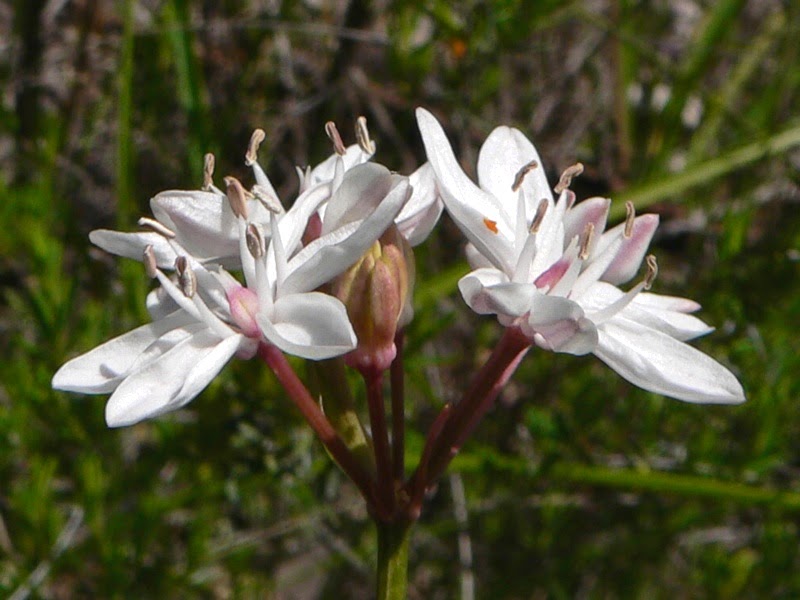%2BBigga%2BCemetery%2B1007.jpg)
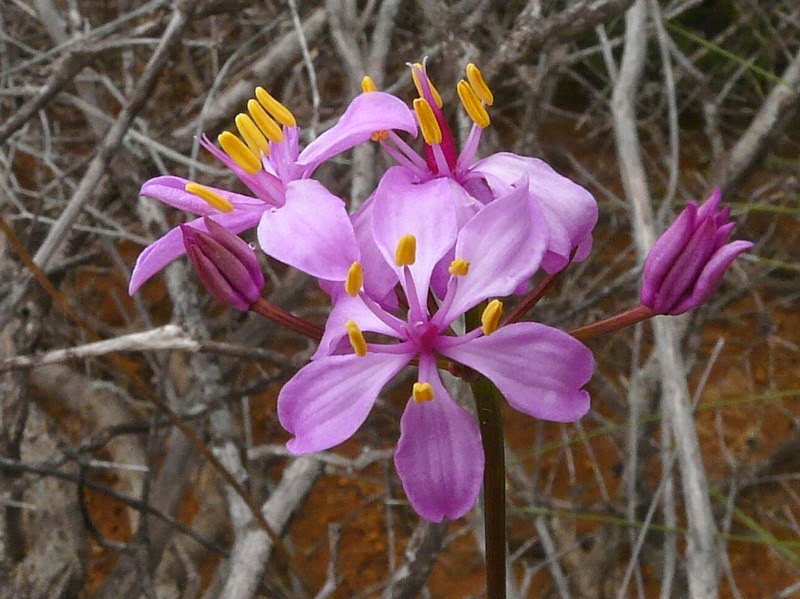%2BKalbarri%2B0808.jpg)
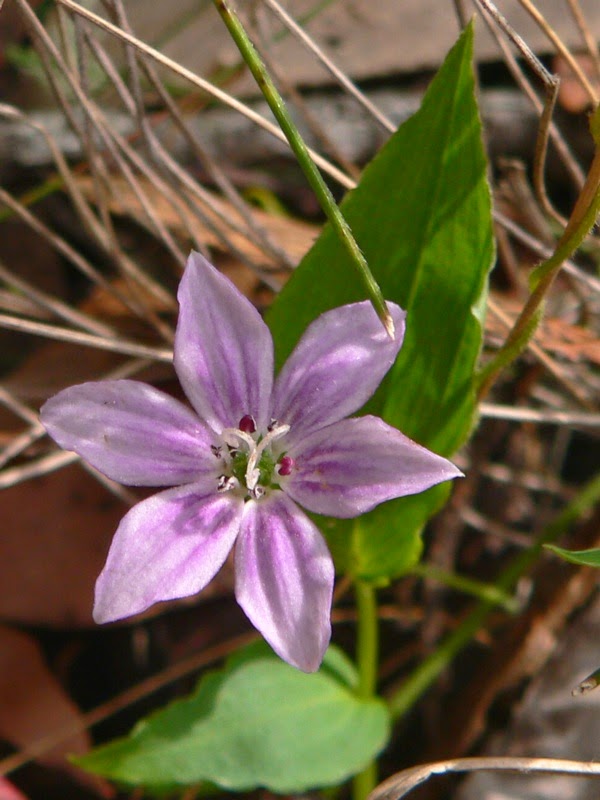%2BCarrington%2BFalls%2B1007.jpg)
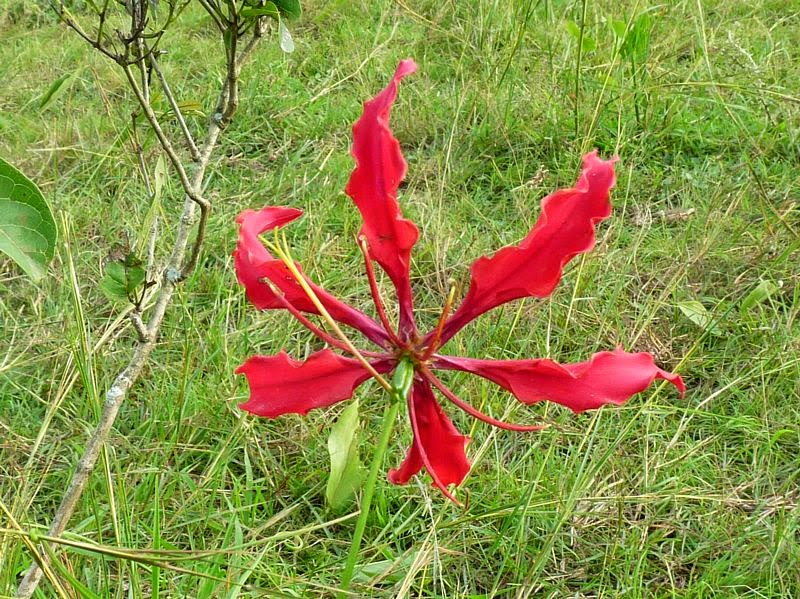
%2BAlerce%2BAndino%2BNP%2B1207.jpg)
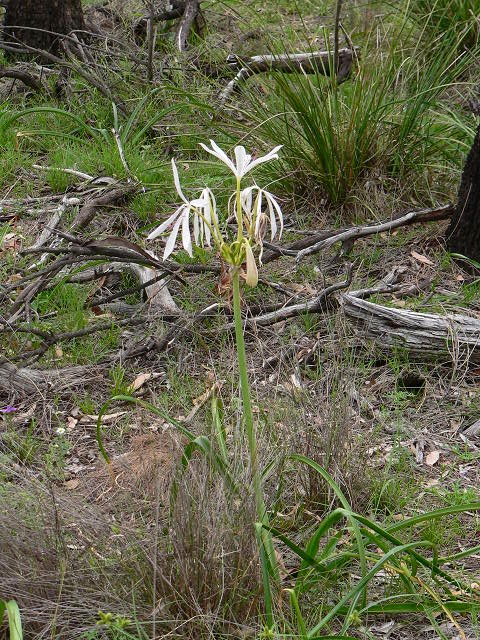




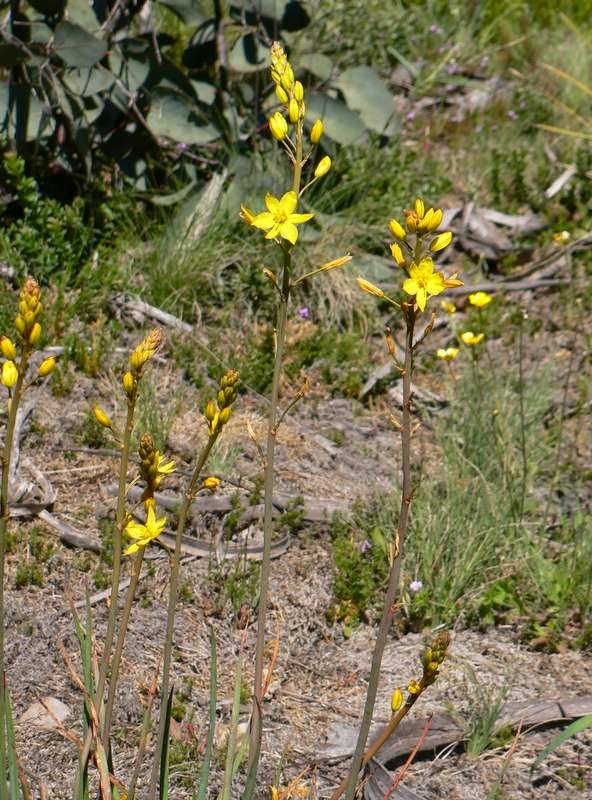

%2BBigga%2BCemetery%2B1007.jpg)

%2BRedbank%2BTSR%2B1007.jpg)
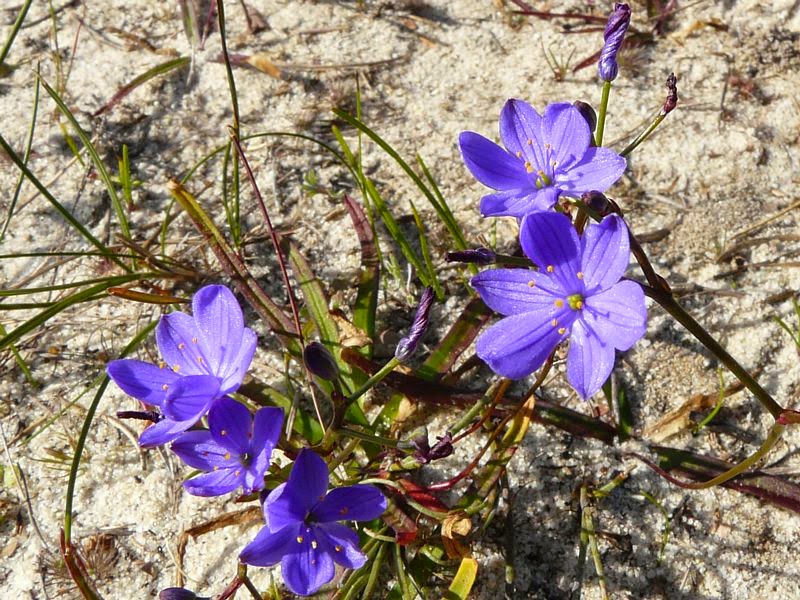%2Bclose-up%2BLake%2BMonjimup%2B0908.jpg)
%2BLake%2BMonjimup%2B0908.jpg)

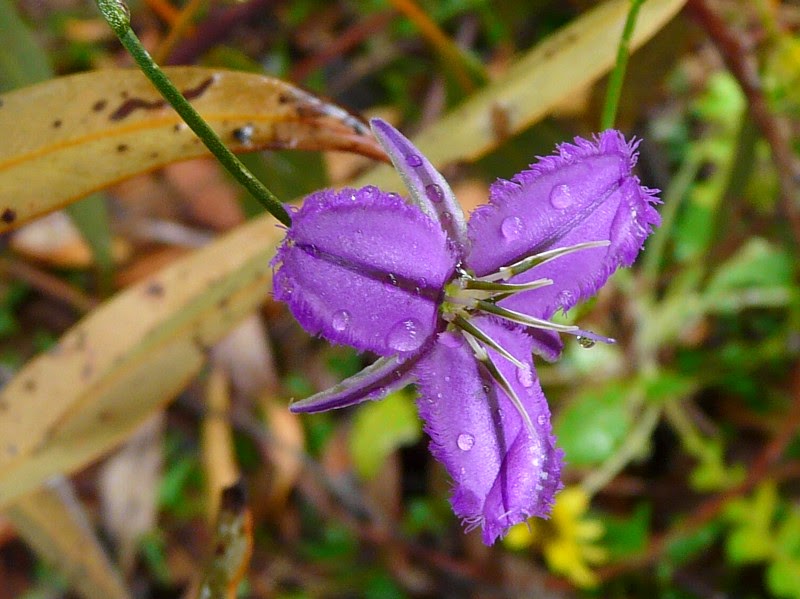%2BKalbarri%2B0808.jpg)



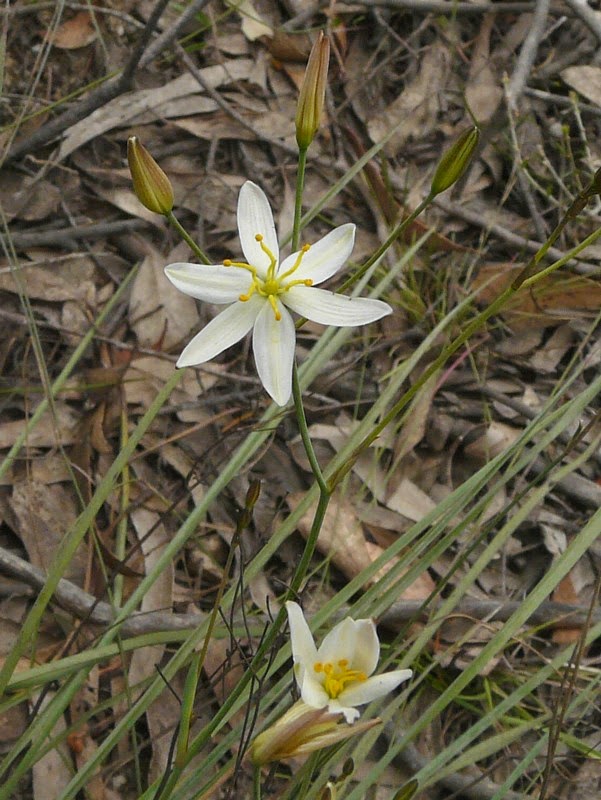%2BTallong%2B1008.jpg)
%2BYandin%2BLO%2BRd%2B0808.jpg)
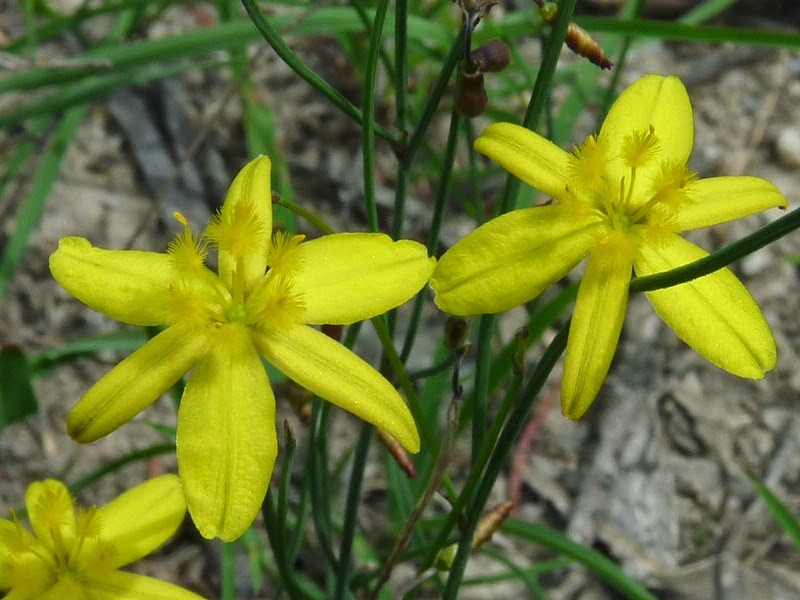%2BTNR%2B0210.jpg)
%2BTNR%2B0210.jpg)
